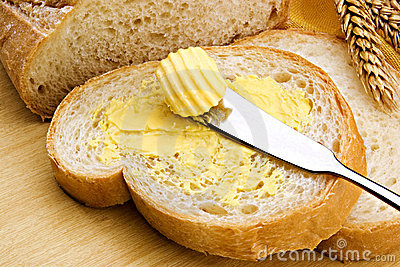ADB CONSULT-EAT THE RIGHT TYPES OF FATS
OOH FAT!
Will all of our weight problems be solved if we just eliminate fat from our diets?
HMM!
Unfortunately, it’s not that simple. We actually need fats, can’t live without them. They provide essential fatty acids, keep our skin soft, deliver fat-soluble vitamins, and are a great source of energizing fuel. But usually we get confused about the type of fat which is right for us.
There is no longer any debate: the evidence is overwhelming that a diet high in fat, particularly saturated fat, trans fatty acids, and cholesterol, is linked to heart disease and numerous cancers. Both the American Cancer Society and the National Cancer Institute recommend a diet that supplies less than 30% of calories as fat. However, just as important as the amount of fat is the type of fat consumed. The goal is to decrease total fat intake (especially intake of saturated fats, trans-fatty acids, and omega-6 fats) while increasing intake of omega-3 fatty acids and monounsaturated fatty acids. What makes a fat “bad” or “good” has a lot to do with the function of fats in the body. Cellular membranes are made mostly of fatty acids. The type of fat consumed determines the type of fatty acid present in the cell membrane. A diet high in saturated fat (primarily from animal fats), trans-fatty acids (from margarine, shortening, and other products that contain hydrogenated vegetable oils), and cholesterol results in unhealthy cell membranes. Without a healthy membrane, cells lose their ability to hold water, vital nutrients, and electrolytes. They also lose their ability to communicate with other cells and to be controlled by regulating hormones, including insulin. Without the right type of fats in cell membranes, cells simply do not function properly. Considerable evidence indicates that cell membrane dysfunction is a critical factor in the development of many diseases.
One diet that provides an optimal intake of the right types of fat is the traditional Mediterranean diet—food patterns typical of some Mediterranean regions in the early 1960s, such as Crete, parts of the rest of Greece, and southern Italy. The traditional Mediterranean diet has shown tremendous benefit in preventing and even reversing heart disease and cancer as well as diabetes.
It has the following characteristics:
Olive oil is the principal source of fat.
It features an abundance of plant-based foods (fruit, vegetables, breads, pasta, potatoes, beans, nuts, and seeds).
Foods are minimally processed, and there is a focus on seasonal and locally grown foods.
Fresh fruit is the typical everyday dessert, sweets containing concentrated sugars or honey being consumed a few times per week at most.
Dairy products (principally cheese and yogurt) are consumed in low to moderate amounts.
Fish is consumed on a regular basis.
Poultry and eggs are consumed in moderate amounts (1–4 times weekly) or not at all.
Red meat is consumed in low amounts.
Wine is consumed in low to moderate amounts, normally with meals.
Olive oil contains not only the monounsaturated fatty acid oleic acid but also several antioxidant agents that may account for some of its health benefits. Olive oil is particularly valued for its protection against heart disease. It lowers the harmful low-density lipoprotein (LDL) cholesterol and increases the level of protective high-density lipoprotein (HDL) cholesterol. It also helps prevent circulating LDL cholesterol from becoming damaged by free radicals, and it has been proved to help control the elevated blood triglycerides so common in diabetes.
So, naturally it is good to have more HDL than LDL.
What’s more, having more HDL is not only beneficial to the heart but it also decreases the LDL amounts. Here’s how you can increase the good cholesterol.
– Nuts: Walnuts, almonds, pecans, peanuts, pistachios, hazelnuts and whatever other nuts are out there! All these nuts help increase the HDL levels.
– Seafood: Fish like tuna, salmon, mackerel, and halibut are high in Omega-3 fats. These fats are much needed to increase the HDL levels.
– Avocado: If you want a good heart, you should eat avocado.
– Spike up your fiber levels as these help increase HDL levels. Oatmeals, rice, bran, barley and dried peas are a good source.
– Last but not the least, garlic, orange juice and chocolate also help in increasing your HDL level.

Great health tips...keep giving us more....upvoted
thanks man...more to come